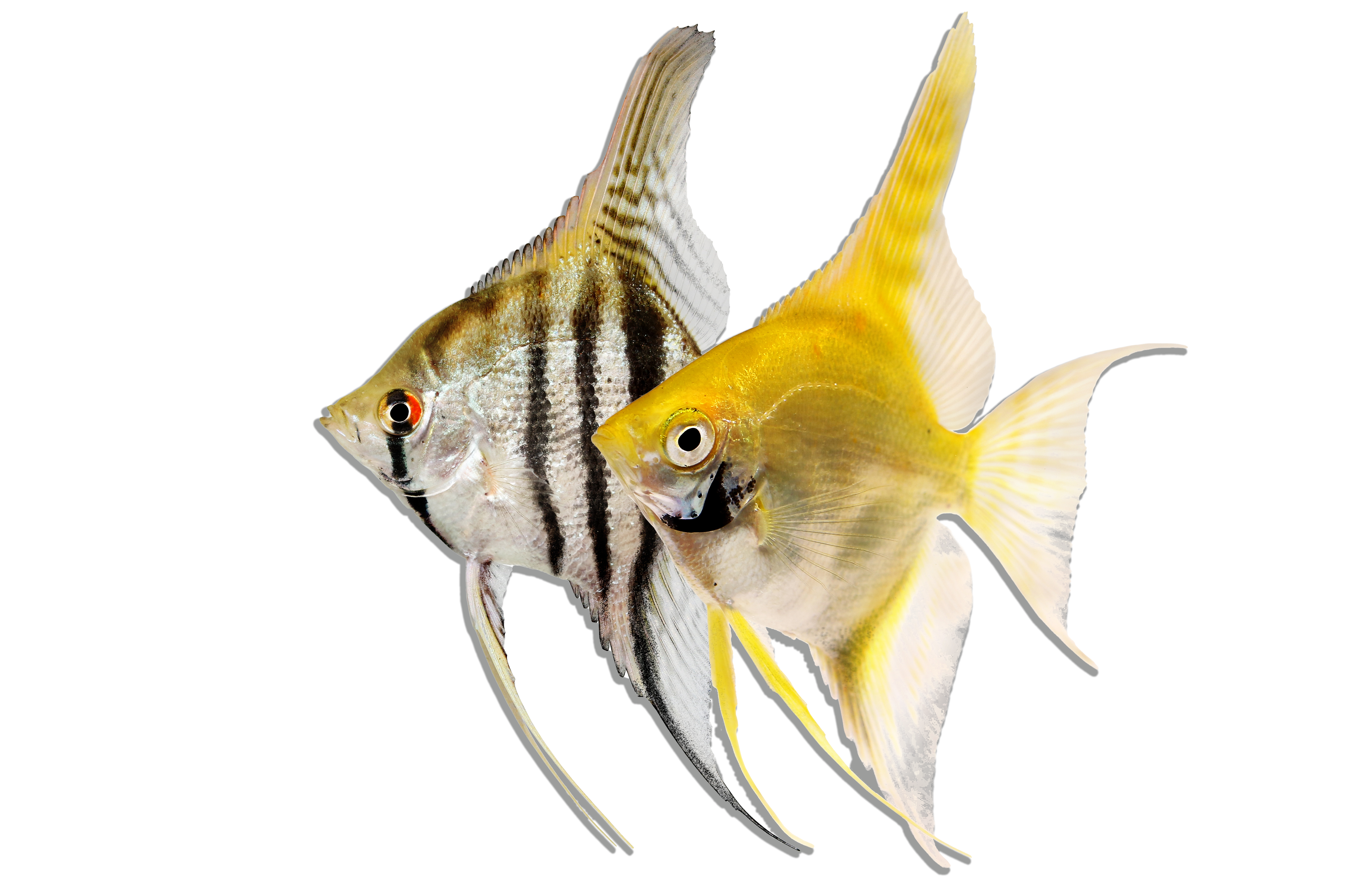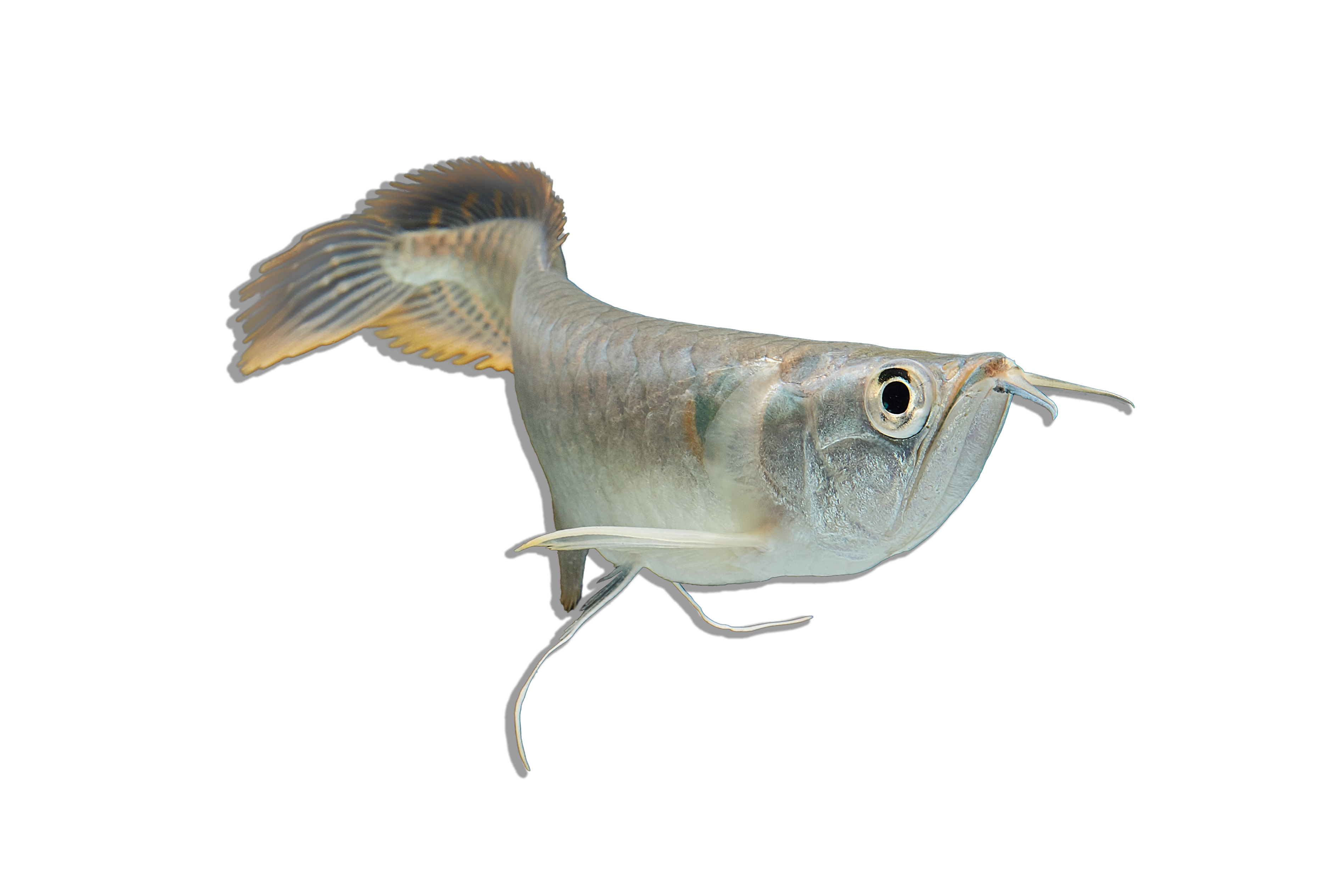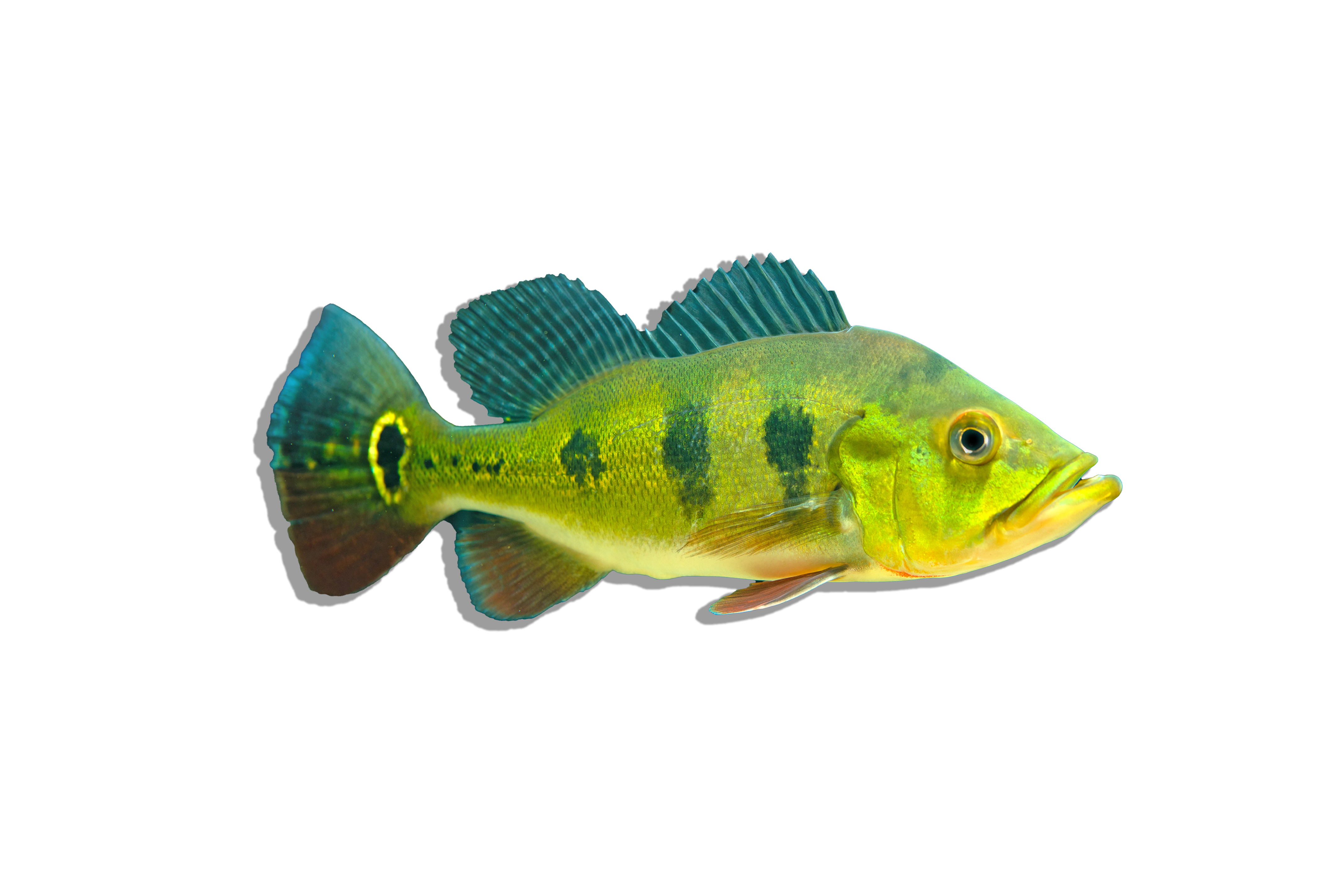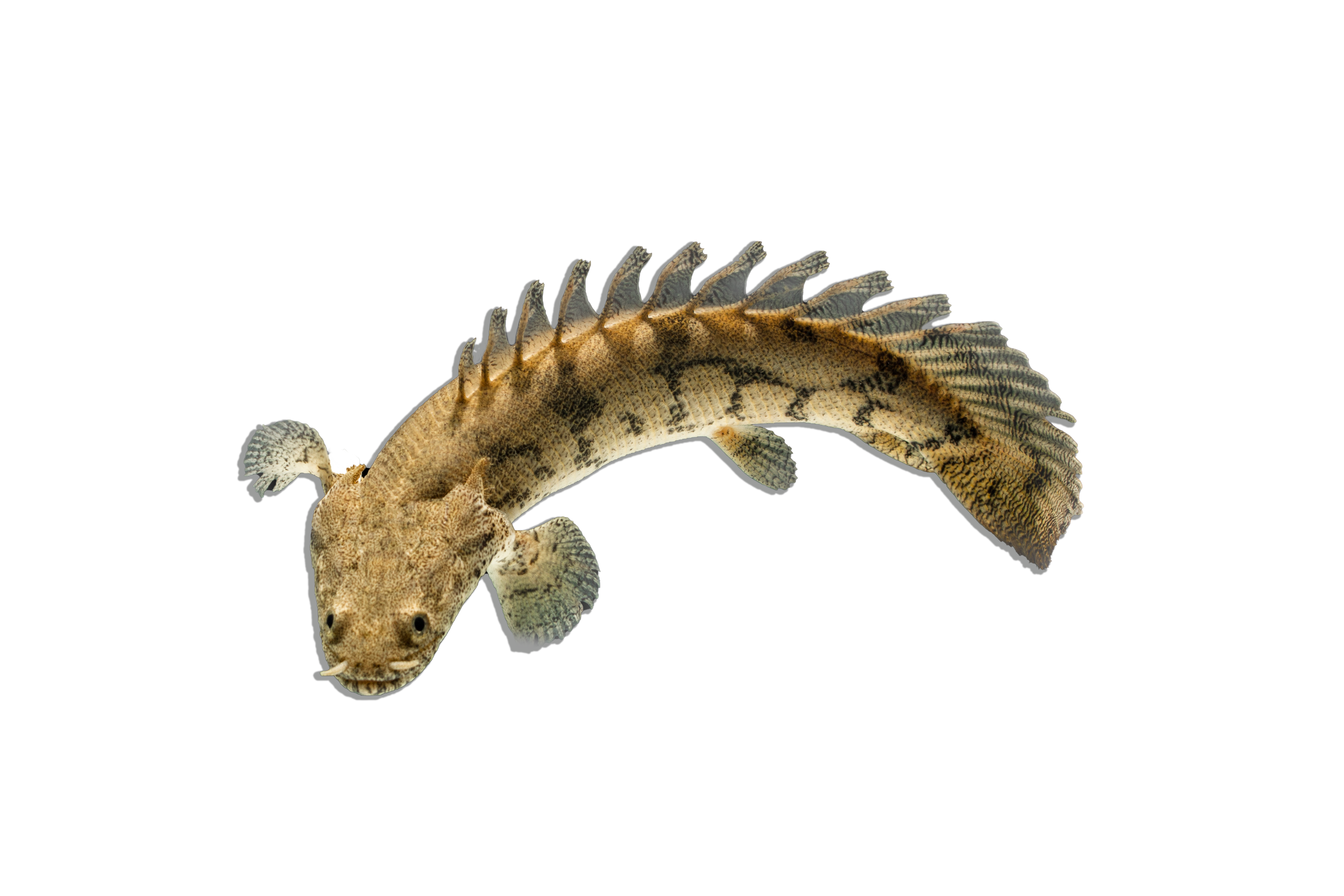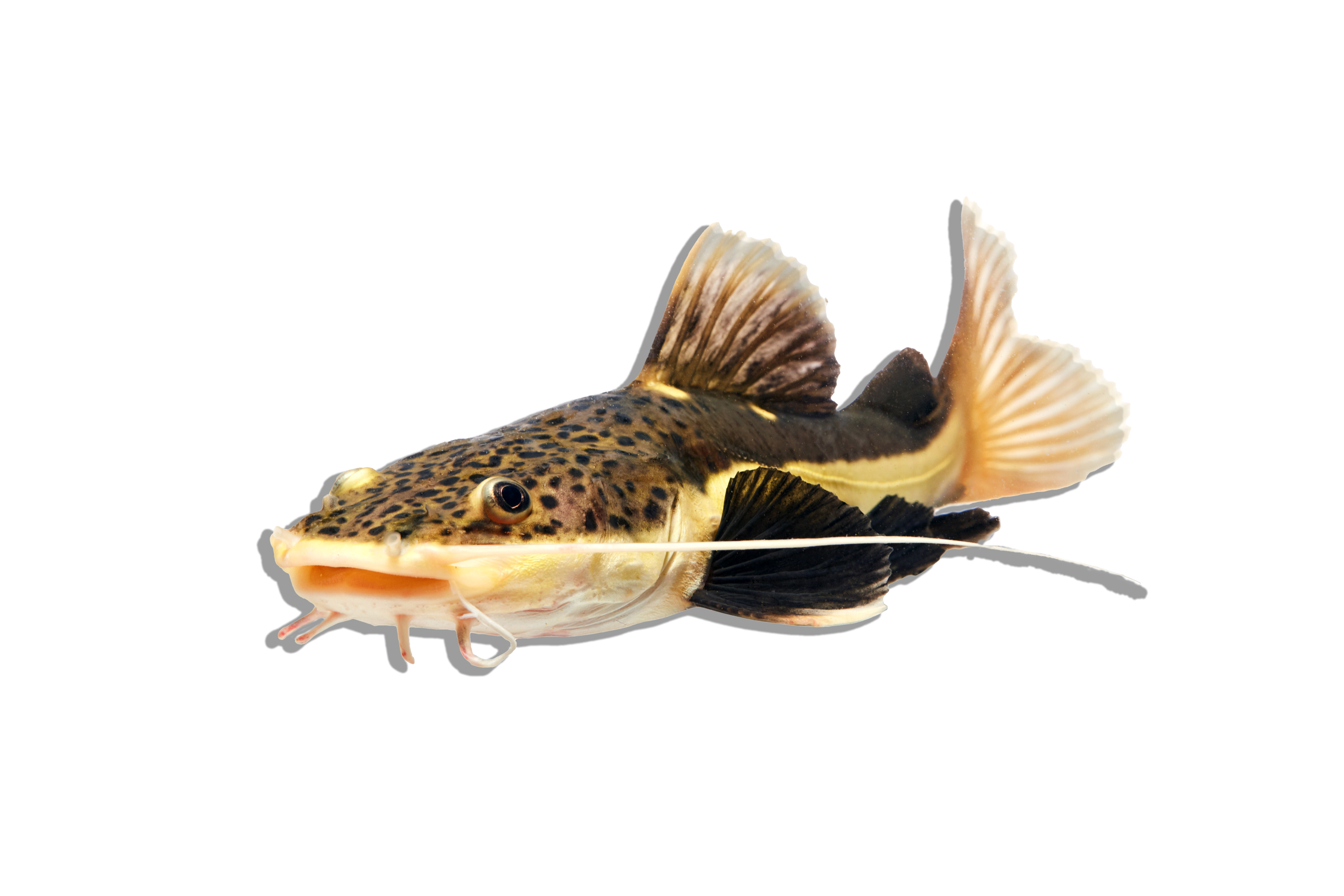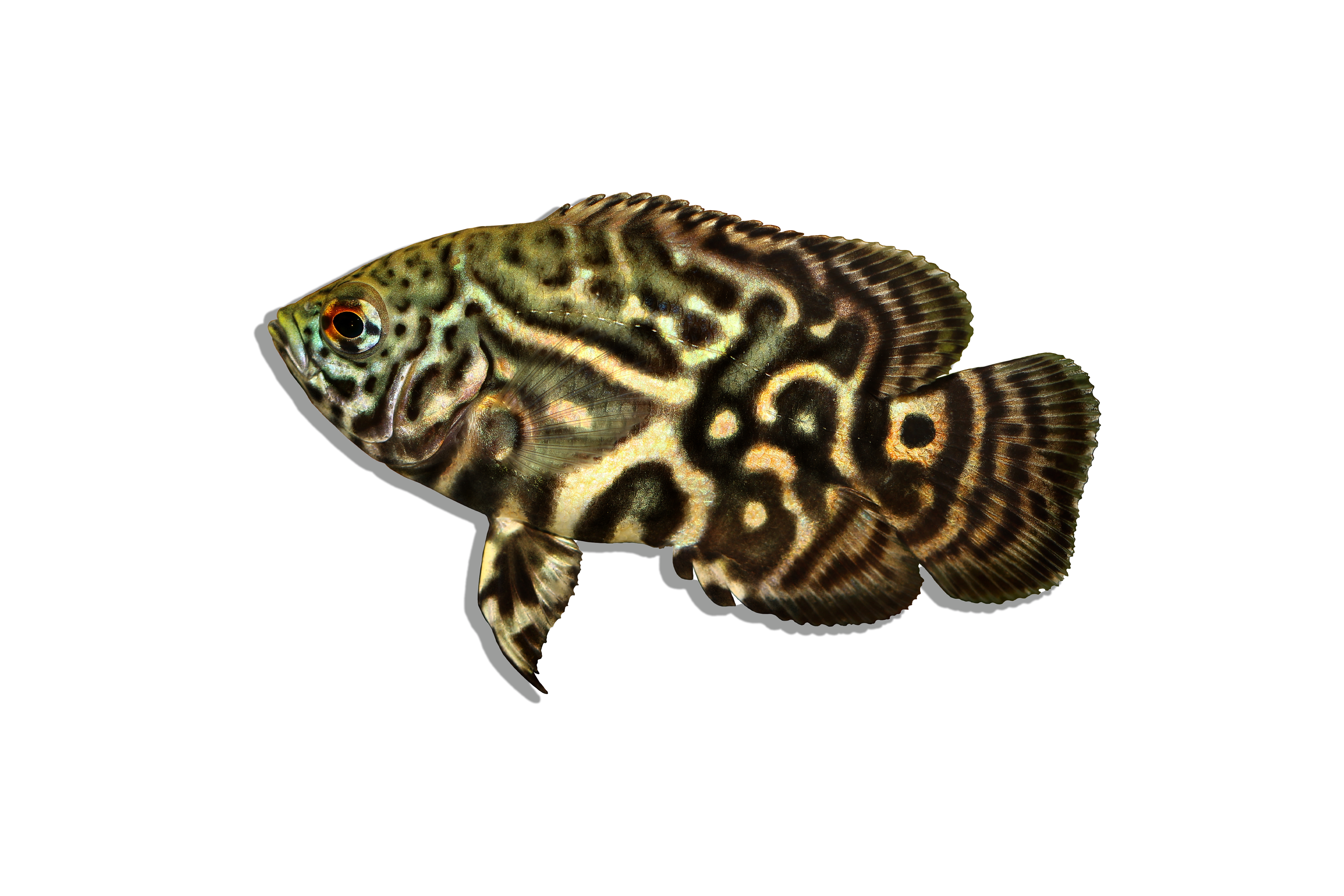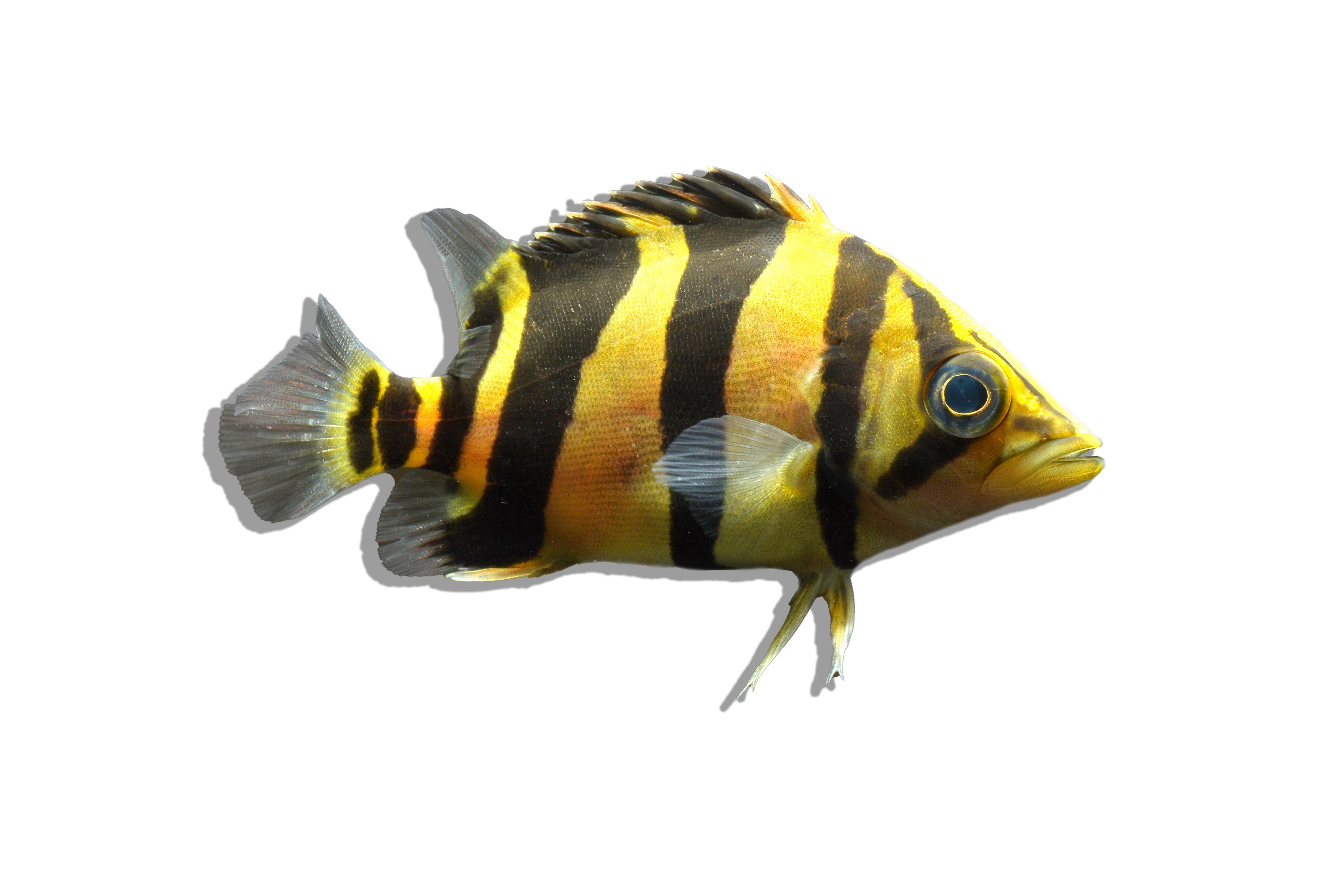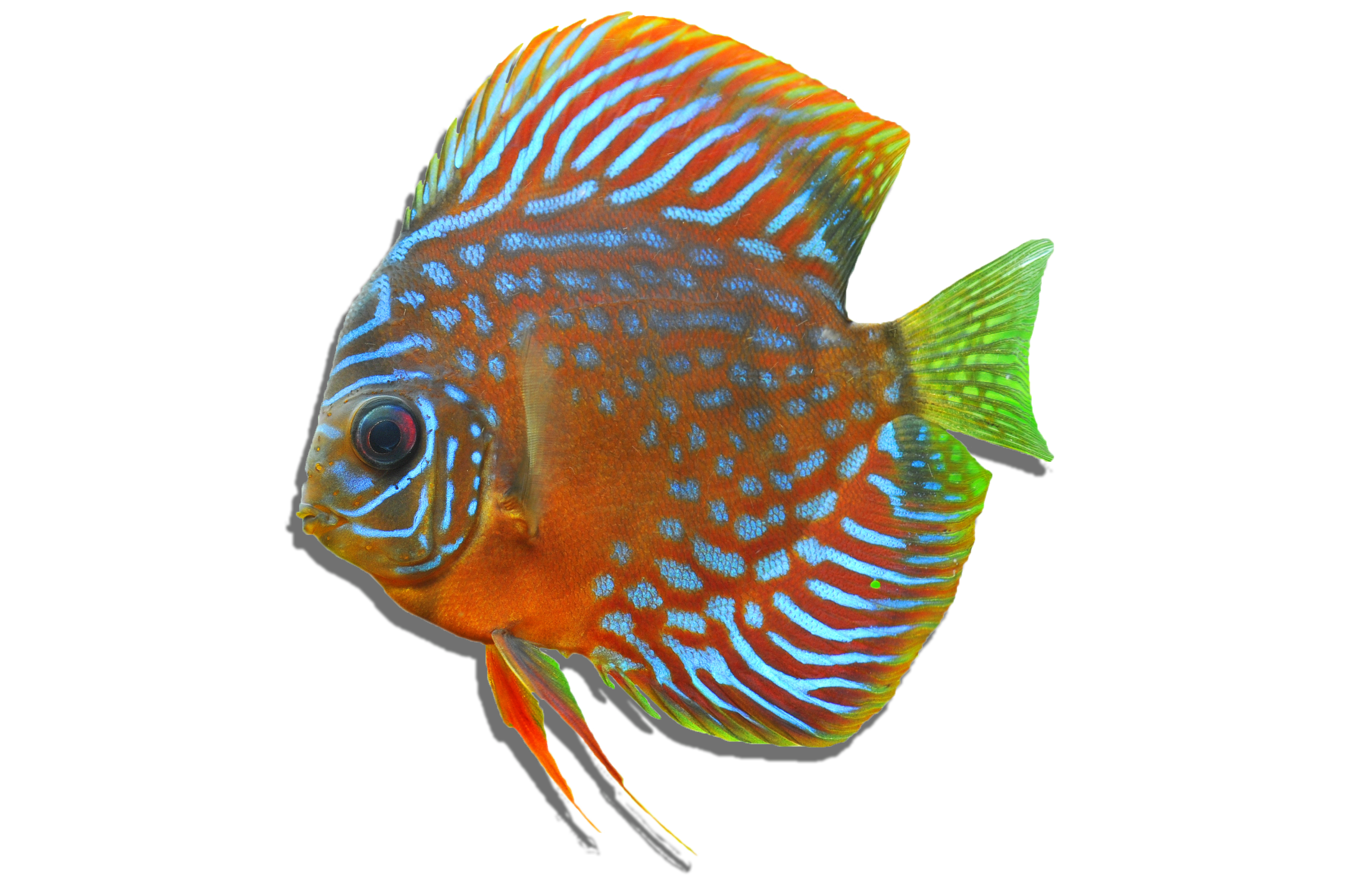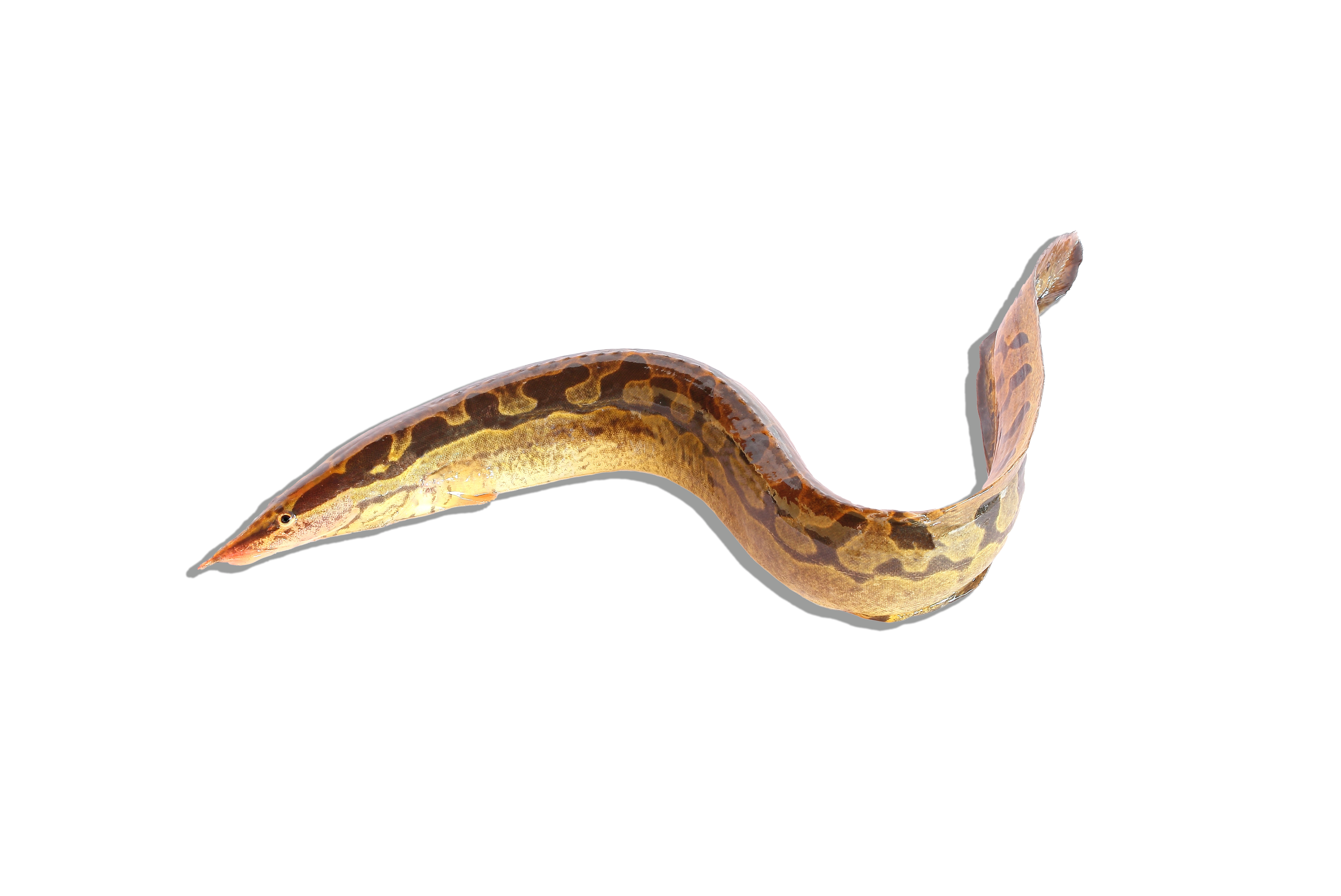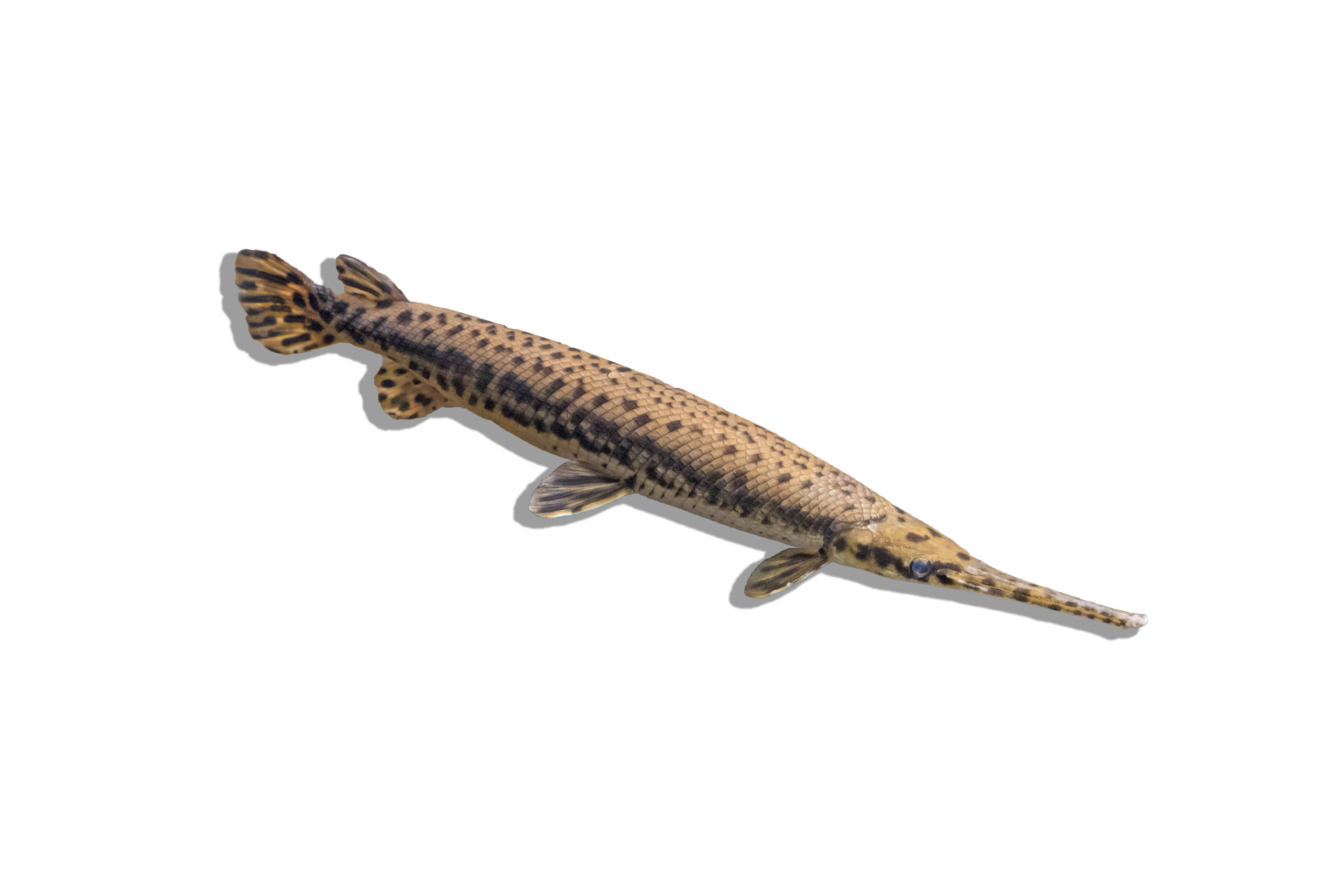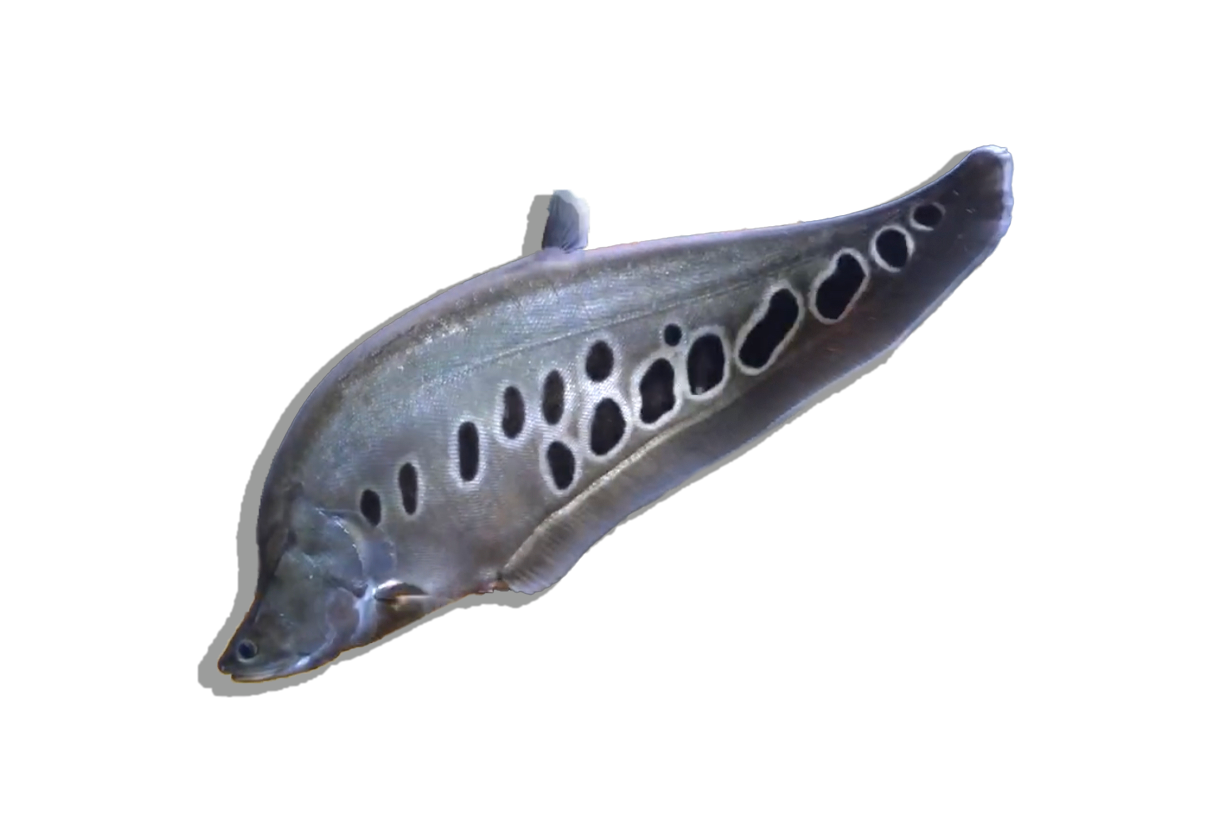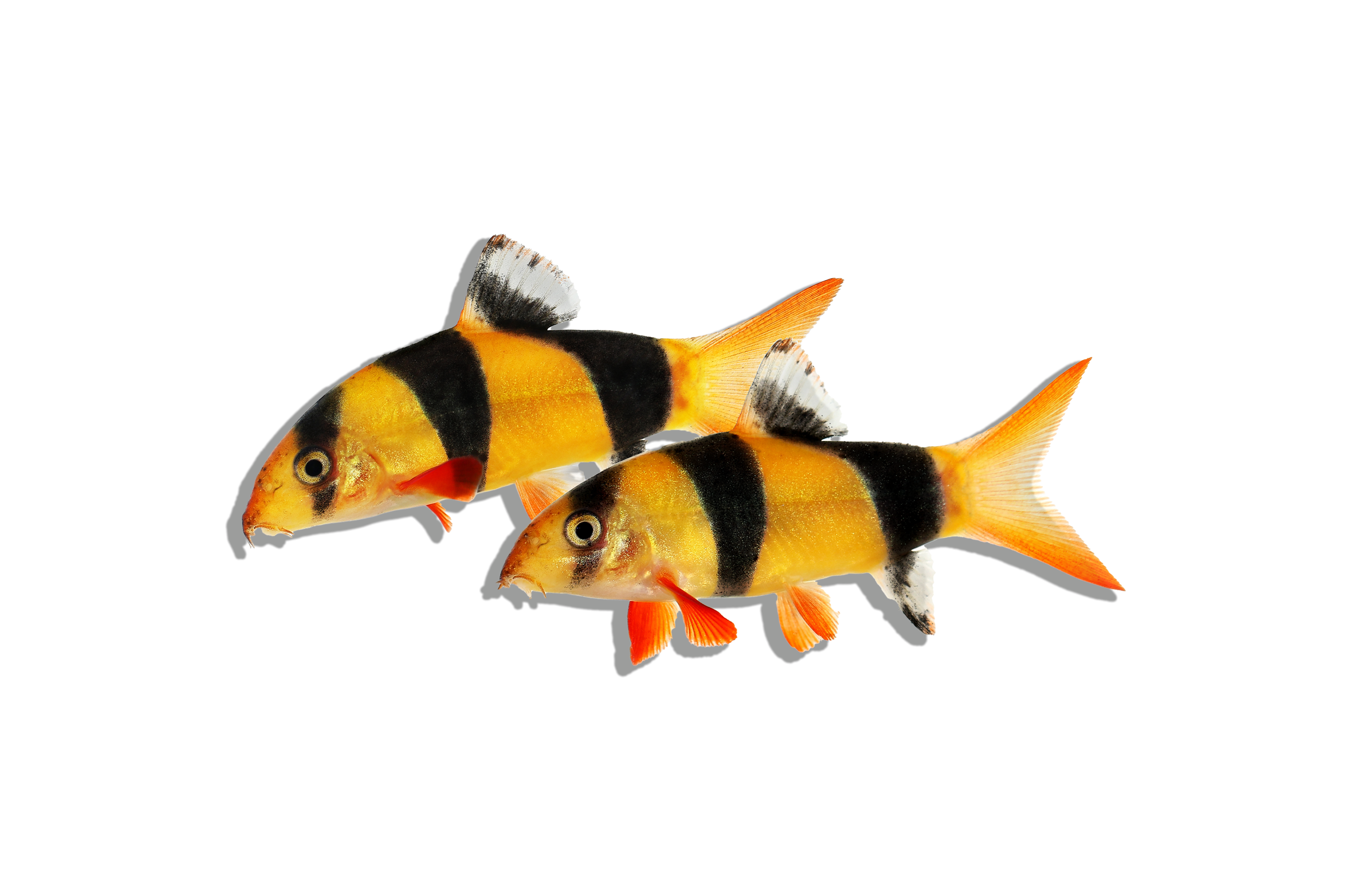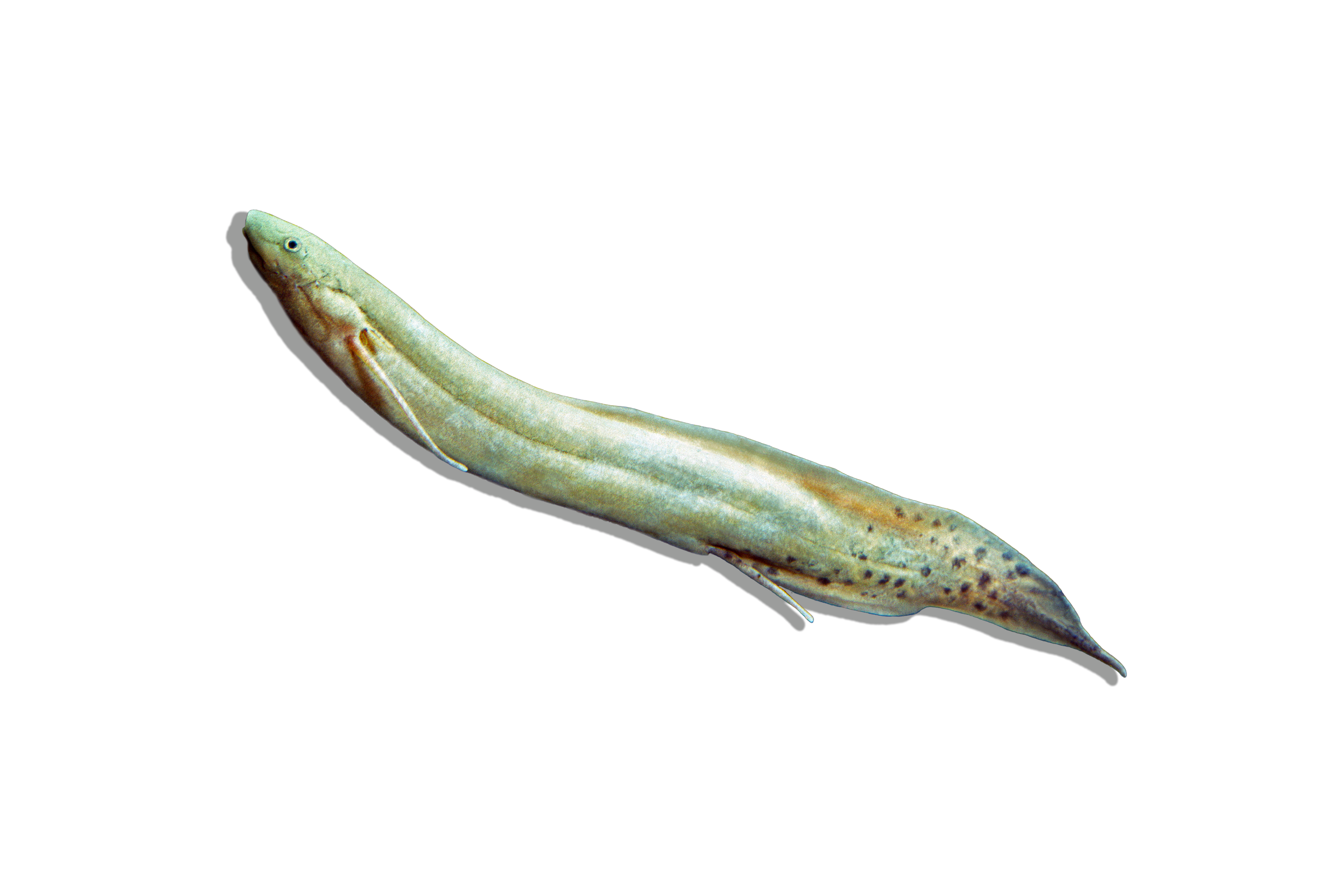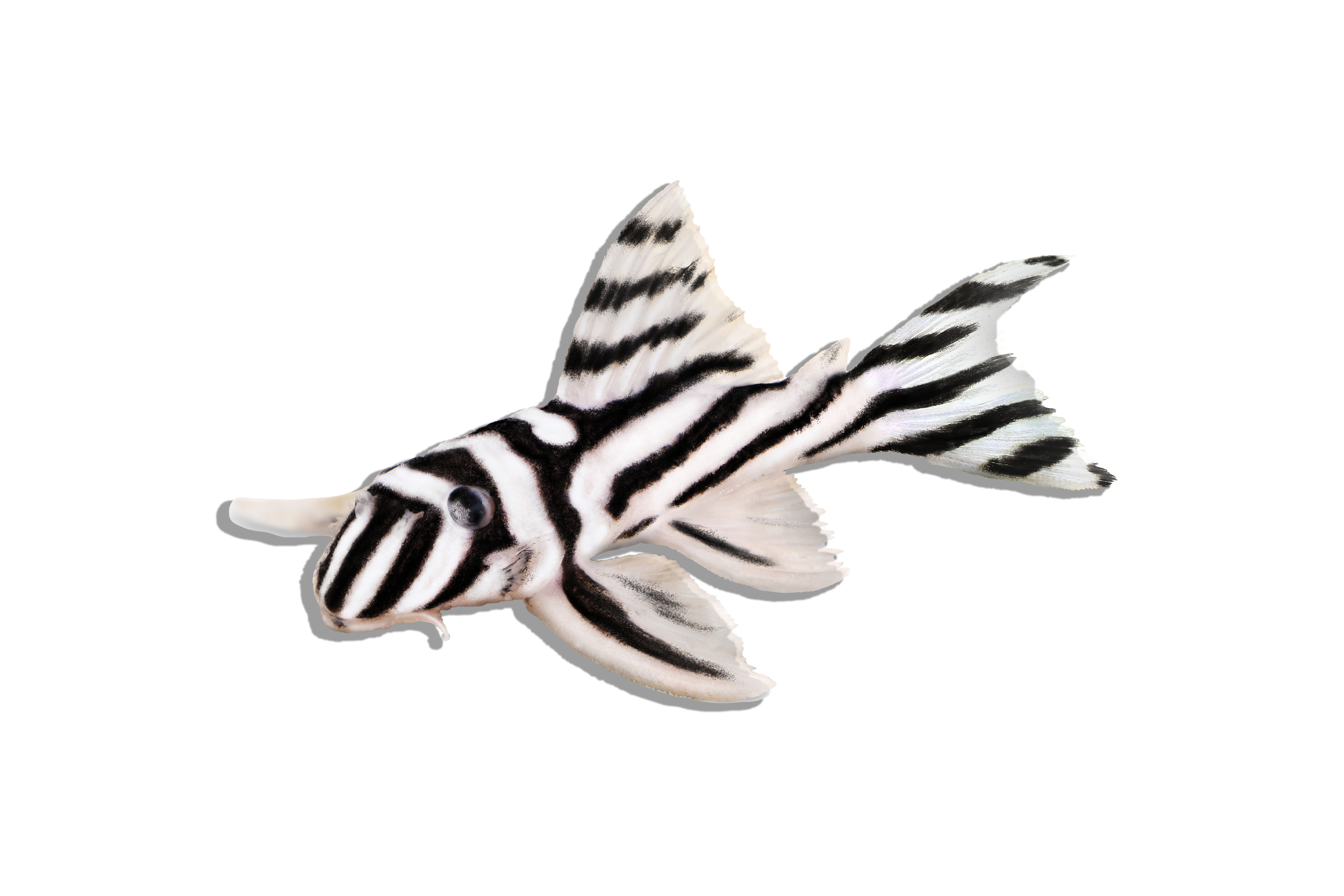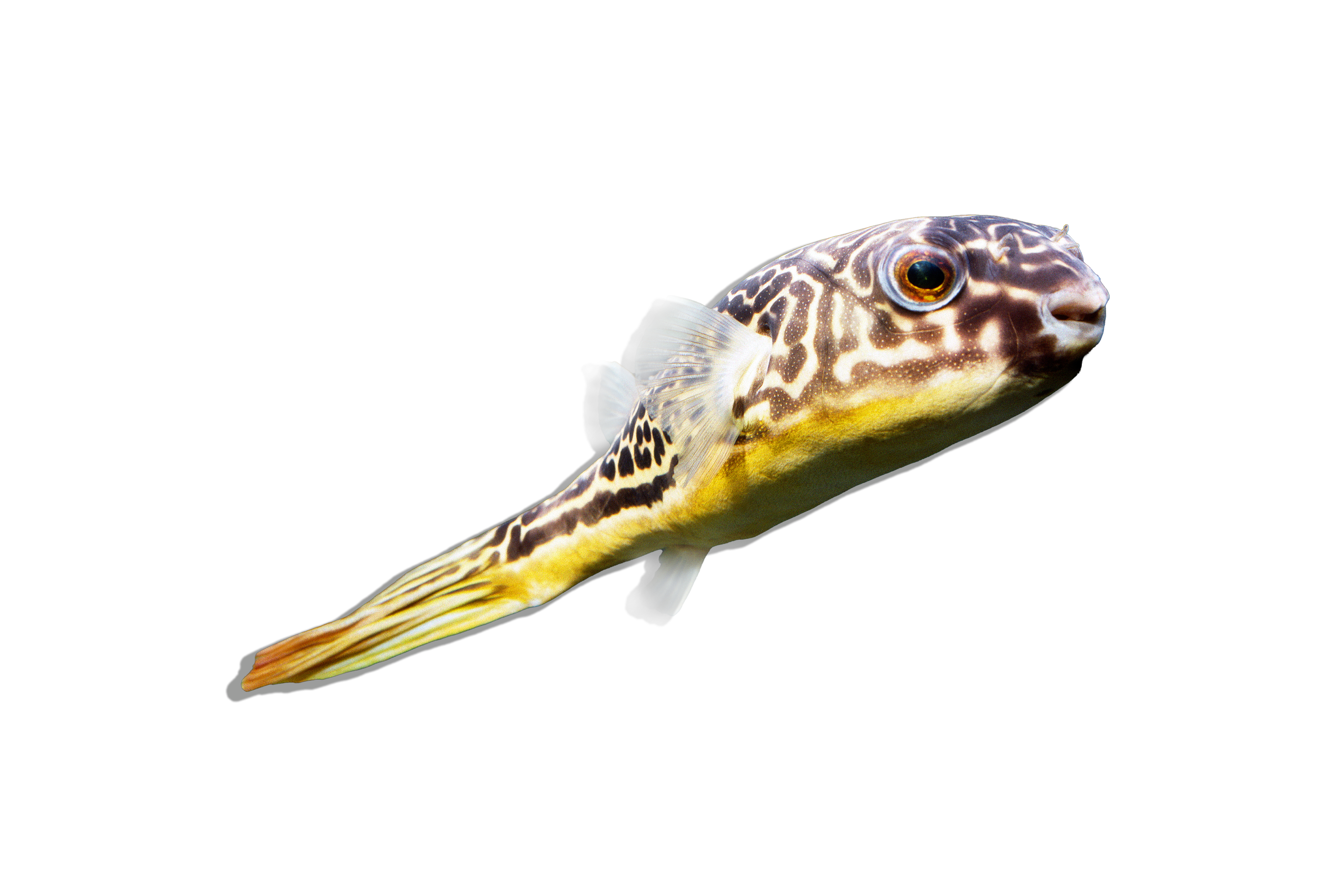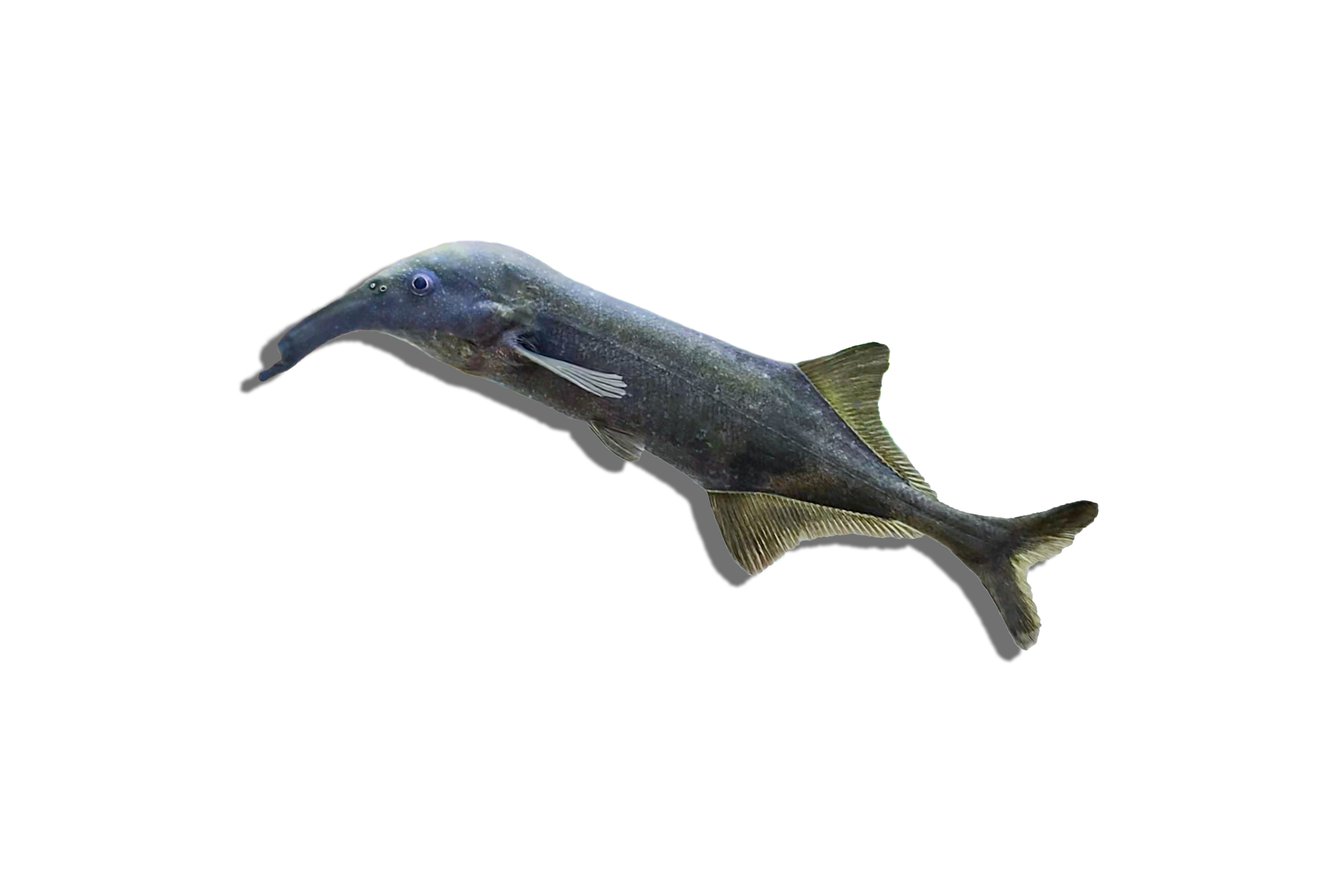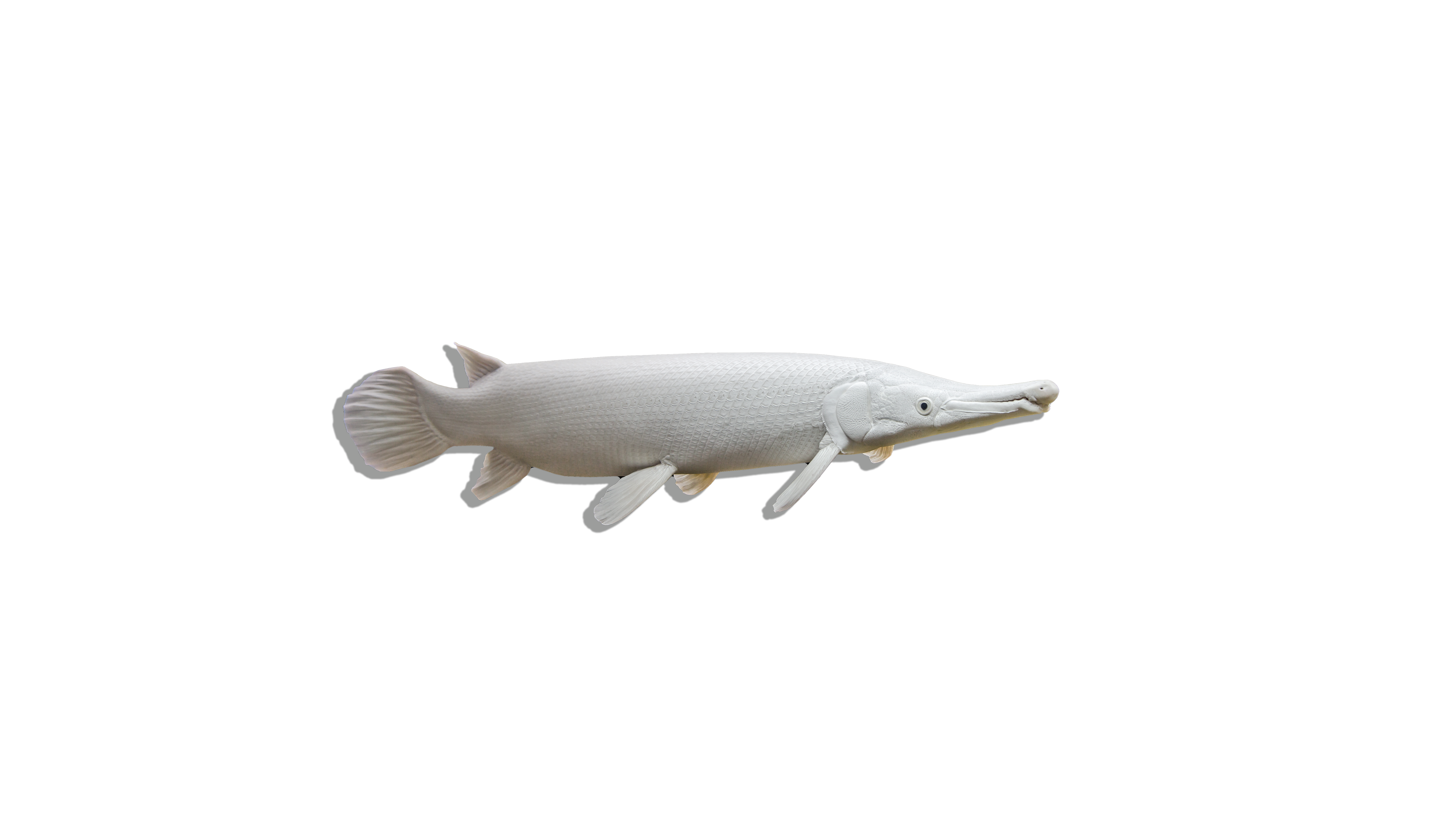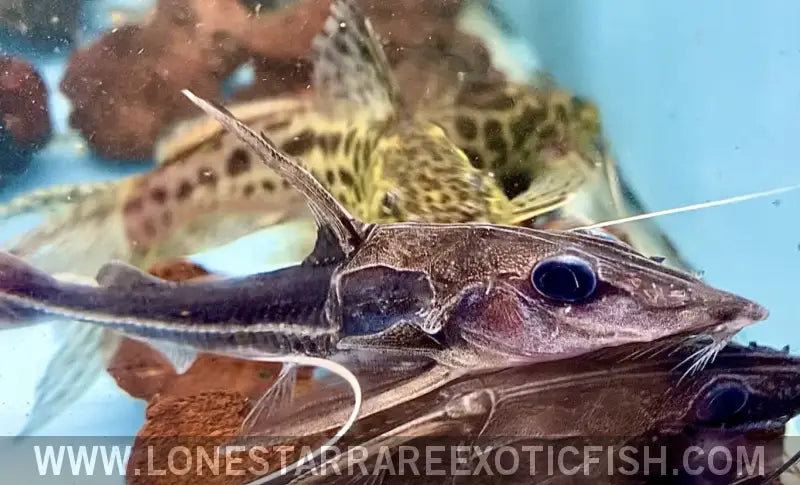Description
Common Name: Hemidoras Morrisi Catfish
Scientific Name: Hemidoras morrisi
Other Names: Morris’s Doradid, Morris’s Thorny Catfish
The Hemidoras Morrisi Catfish is a unique and intriguing freshwater fish known for its armored appearance and nocturnal habits. This species belongs to the Doradidae family, commonly referred to as thorny or talking catfish due to the bony plates covering their bodies and their ability to produce sounds by rubbing their pectoral fins against their body.
Habitat and Distribution: The Hemidoras Morrisi Catfish is native to the slow-moving rivers and streams of the Amazon Basin in South America, particularly in countries like Brazil, Peru, and Colombia. These fish inhabit areas with sandy or muddy substrates, submerged logs, and dense vegetation, providing ample hiding spots and foraging opportunities. The water in their natural habitat is typically warm, soft to moderately hard, and slightly acidic to neutral.
Size and Lifespan: In both the wild and captivity, Hemidoras Morrisi Catfish can grow up to 8-10 inches (20-25 cm) in length. Their lifespan can range from 10 to 15 years, depending on the care and conditions provided in the aquarium. Ensuring a proper diet, clean water, and adequate space are crucial for their longevity and well-being.
Diet and Behavior: Hemidoras Morrisi Catfish are omnivorous, feeding on a variety of foods in the wild, including small invertebrates, plant matter, and detritus. In an aquarium, their diet should consist of high-quality sinking pellets, live or frozen foods such as bloodworms, brine shrimp, and small crustaceans, as well as vegetable matter like algae wafers and blanched vegetables. These catfish are nocturnal and primarily active at night, often hiding during the day. They are generally peaceful and can be kept with other non-aggressive fish.
Breeding and Reproduction: Breeding Hemidoras Morrisi Catfish in captivity is rare and challenging due to their specific environmental needs and nocturnal habits. Little is documented about their breeding habits in the wild, and successful reproduction typically involves creating conditions that closely mimic their natural habitat. A separate breeding tank with optimal water conditions and plenty of hiding spots is necessary for any breeding attempts.
Aquarium Care and Tank Requirements: To keep Hemidoras Morrisi Catfish, a tank of at least 75 gallons is recommended to provide ample swimming space and accommodate their size. The tank should include plenty of hiding spots created with rocks, driftwood, and dense plants to mimic their natural habitat and reduce stress. A soft, sandy substrate is ideal to protect their delicate barbels. Efficient filtration and regular water changes are essential to maintain water quality, as these fish are sensitive to poor conditions. Providing dim lighting or shaded areas will help replicate their natural environment and encourage natural behavior.
Ideal Tank Mates: Hemidoras Morrisi Catfish can be kept with other peaceful, similarly sized fish that share similar water parameter requirements. Suitable tank mates include larger tetras, peaceful cichlids, and other non-aggressive catfish. Avoid housing them with overly aggressive or significantly smaller fish that may cause stress or be seen as prey.
Difficulty Level: Intermediate. While they are hardy and adaptable, their specific dietary needs, nocturnal behavior, and requirement for clean, well-maintained water require attentive care and a well-maintained aquarium.
Water Parameters:
- Temperature: 75-82°F (24-28°C)
- pH: 6.0-7.5
- General Hardness (GH): 4-12 dGH
- Carbonate Hardness (KH): 2-6 dKH
- Ammonia: 0 ppm (ideal), up to 0.25 ppm (max)
- Nitrite: 0 ppm (ideal), up to 0.25 ppm (max)
- Nitrate: <20 ppm (ideal), up to 40 ppm (max)
Additional Information:
- The Hemidoras Morrisi Catfish’s armored appearance and peaceful demeanor make it a captivating addition to a community aquarium, adding both beauty and interest.
- These fish are known for their ability to produce sounds by rubbing their pectoral fins against their body, a trait common among doradids, often referred to as "talking catfish."
- In their natural habitats, Hemidoras Morrisi Catfish play a role in controlling populations of small invertebrates and contributing to the overall health of the aquatic ecosystem.
- Fun fact: The bony plates covering their bodies provide protection against predators, making them well-adapted to their natural environment and adding to their unique charm in the aquarium setting.

